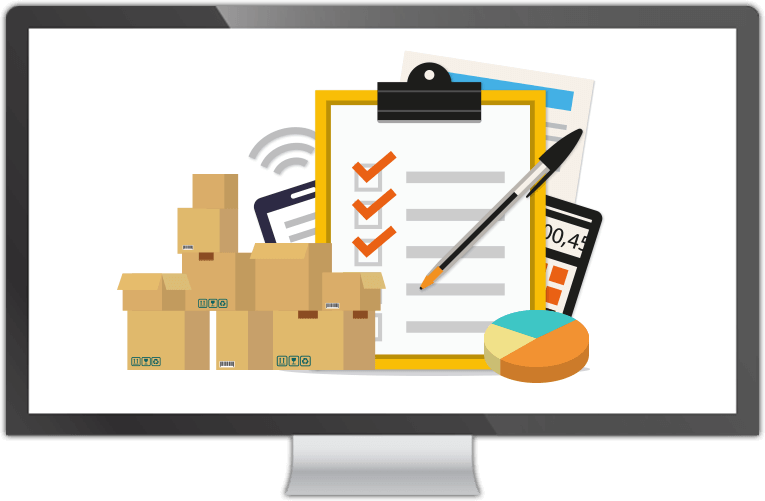

The purpose of this seminar is to show how to implement all of the essential tools for the effective management of warehousing and stores and inventory. This module shows how to evaluate procedures, change and improve methods by eliminating wasteful activities and excess costs. It provides the practical skills to take back to the workplace so that all those internal problems that limit performance are avoided.
The seminar will allow delegates to obtain added value for money and to improve customer service. Delegates will be able to understand and implement the "world class" tools for managing warehouse and stores and inventory.
This seminar will show you how to implement all of the essential tools for the effective management of warehouse and inventory. In this seminar you will learn how to:
PART1
WAREHOUSE, STORES & STOCK CONTROL MANAGEMENT
The Role of the Warehouse
An introduction to why we need a warehouse, what functions do they cover, how do they fit into the supply chain including:
Product Classification
It is important to establish key characteristics of the products handled as this have implications for all the warehouse operations. Such characteristics include:
Layout Options
In examining all the operations undertaken, the balance has to be found between maximizing space usage whilst minimizing the time taken to carry out the operations. This involves looking at:
Methods and Equipment
Here we specifically look at the lifting, storing and moving equipment available for specific layout options, including:
Health and Safety
Warehouses are potentially dangerous areas in which to work, and an overview of the appropriate legalization will be looked at, including:
Security and Loss
This session looks at minimizing internal and external theft, recognizing that, generally internal theft is the major problem. Preventative measures will be briefly discussed
Productivity and Costs
To make operations efficient and effective, then cost control and productivity need to be managed. This session will therefore look at:
Service Levels
As Warehouses are a link in the total process of satisfying customers, this session will therefore look at:
Summary
Finally, in linking together all the sessions, we put forward simple overviews and a clear summary, including the
PART2
INVENTORY MANAGEMENT TECHNIQUES
Inventory and the Supply Chain
Inventory Key Concepts
Inventory replenishment methods and systems
Stock Control, Checking
Inventory Performance
Inventory Strategies
Inventory Improvements
BTS attendance certificate will be issued to all attendees completing minimum of 80% of the total course duration.
| Code | Date | Venue | Fees | Register |
|---|---|---|---|---|
| PRO121-01 | 12-04-2026 | Dubai | USD 5450 | |
| PRO121-02 | 14-06-2026 | Doha | USD 5450 | |
| PRO121-03 | 17-08-2026 | Kuala-Lumpur | USD 5950 | |
| PRO121-04 | 22-11-2026 | Dubai | USD 5450 |

Freight transport is a critical and costly function that is frequently overlooked. Yet the benefits from efficient control and administration of operations and transport vehicles can be substantial. A ...
Managing processes, operations, assets and costs to maintain an efficient flow of goods and services throughout the global supply chain.

This course has been specifically designed to develop the competency of personnel in the warehouse, inventory and logistics functions of an organization by improving their skills, knowledge and unders ...

International trade has been conducted by many companies for many years- in more recent times however, the growth in international sourcing/importing has meant that many companies have found they do n ...
Providing services with a high quality that are satisfying the requirements
Appling the specifications and legalizations to ensure the quality of service.
Best utilization of resources for continually improving the business activities.
BTS keen to selects highly technical instructors based on professional field experience
Since BTS was established, it considered a training partner for world class oil & gas institution
1st floor, Incubator Buildingو Masdar City, Abu Dhabi, UAE
Sun to Fri 09:00 AM to 06:00 PM
Contact Us anytime!
Request Info